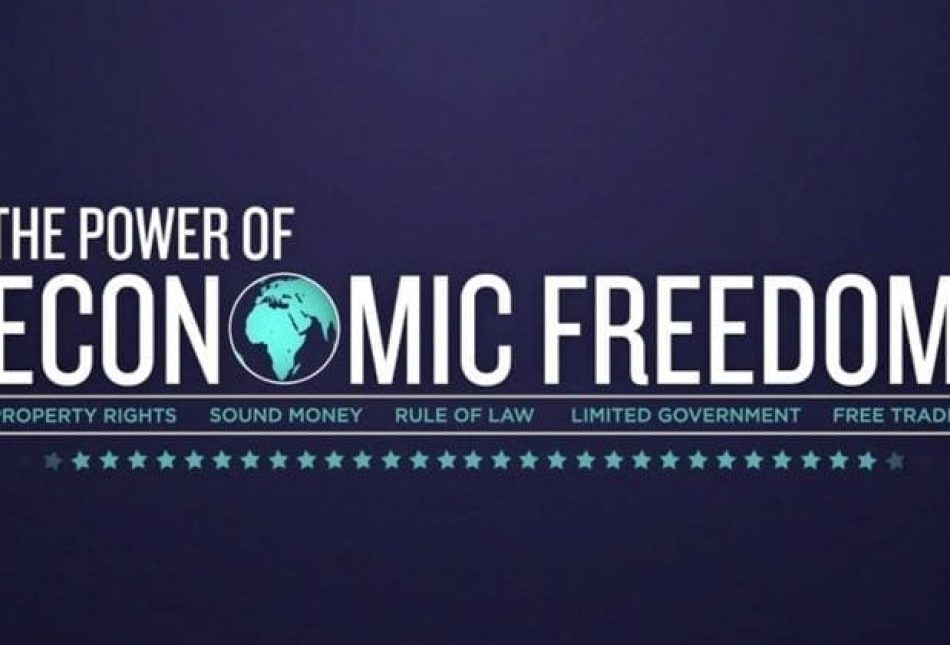Economy
post
Why We Have a Water Crisis

As our economy and population have grown, media and policy makers have shown increased interest in water allocation. That interest has further intensified because of last year’s drought. What to do about scarcity of our “precious” water?
Although scarcity is characteristic of all goods, few other goods draw the attention received by water. When it comes to water we have a “crisis.” Water is being used faster than it is being replenished. We are urged to solve our crisis by improved planning. An expanded public forum would accomplish that planning, according to the various proposals being floated. These planners would decide who gets water for what uses and how to conserve it.
That we don’t need such planning for other goods seems obvious. There is no crisis in pencils, or personal computers, or televisions, or tomatoes, or gasoline. So, what is it that is so different about water? To answer that question, let’s compare water to another good, oil. Oil is scarce, but we don’t have an oil crisis (as least not since the government got out of the business of trying to regulate oil by means of price and import/export controls). Notice also that states with a relatively greater natural scarcity of oil than New Mexico, such as Colorado, don’t have an oil crisis.
The reason we don’t have an oil crisis is that well-defined, tradable property rights exist. When such property rights exist, the market for oil resolves conflicts over the uses of oil, whether those uses be for current use such as transportation or heating or for future use (current conservation) of oil. The owners of oil have an incentive to be good stewards of their resource, because if they are not, they are the losers. The price of oil determines who purchases it for what purposes. Since oil has a price, it tends to be allocated to its highest valued use as determined only by the users themselves as they value it (personally and individually) for its alternative uses. Anticipation of the future price of oil ensures that it will not all be used up in current consumption. There is no crisis in oil today, and there will be no crisis tomorrow.
Now contrast oil and water. The reason that we have a crisis in water is the absence of well-defined and enforceable property rights in water. Who has the right to what water is determined in a bewildering process by the State Engineer in conjunction with competing political interests. Interstate compacts and international treaties complicate that process. That process is not working. And the type of expanded planning operation being proposed cannot solve the water crisis, because the incentives are all wrong.
Only by establishing property rights in water will the crisis evaporate. Only then will price insure that water flows to its highest valued uses, whatever those uses may be (recreational, habitat, drinking, agriculture, industrial, new development, etc.). Only then will water flow unimpeded by dams of coercion or the politics of special interest. Only then will water flow from where it is relatively less scarce to New Mexico. Only then will individuals have an incentive to conserve, catch or recycle water.
In order to establish property rights in water, policy makers must navigate around a few small bars linked to two unique characteristics of water: its sources and quality. Sources are above ground streams and lakes and underground aquifers. The quantity of water available from one source may affect the quantity available from other sources. Polluters may affect quality of water. The quantity of water in an aquifer may affect the quality of the land above it. So, property rights to water must contain a quality dimension and allow compensation from those who do harm to those harmed. Preferably these compensations would take place in markets for the right to harm.
This is not just theory; it works in practice. Water marketing has really matured in the past several years, particularly in the Northwest. The Oregon Water Trust and Washington Water Trust are full-fledged non-profit organizations that have done hundreds of water purchases and leases to benefit fish and wildlife.
Terry Anderson and Pamela Snyder explore the issues in some detail in their 1997 book Water Markets: Priming the Invisible Pump (Cato Institute 1997). They cite additional empirical evidence supporting the success of property rights in water. Let’s not stick ourselves with Soviet-style planning for water when there is a much more efficient alternative.
